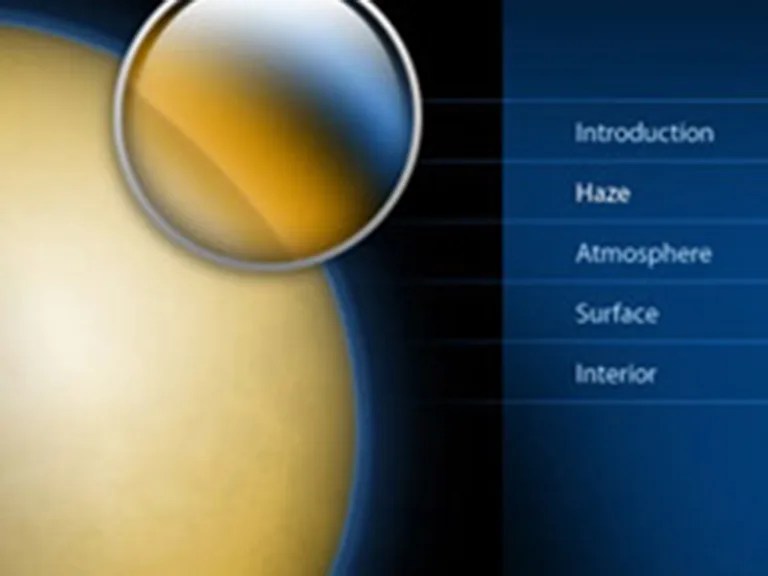1 min read

The Cassini spacecraft flew by Titan at an altitude of 4,146 kilometers (2,576 miles). During this flyby, the Radio Science Subsystem (RSS) observed atmospheric and ionospheric occultations. This was the first near-equatorial radio occultation in the mission. The Ultraviolet Imaging Spectrograph (UVIS) watched Titan occult the star Alpha Eri. Earlier, RADAR got good northern polar coverage, which will help fill in a gap in the brightness temperature map.
Unlike other flybys, this encounter was set up with only one maneuver: a combined post-flyby cleanup/Titan approach maneuver, which occurred on March 29. The flyby was unique because this “rev” is a circular orbit. With the short interval between T51 and T52, the navigation team scheduled four different opportunities for this important maneuver.
Date
April 4, 2009
Altitude
2600 miles (4,150 km)
Speed
13,000 mph (5.8 km/sec)







